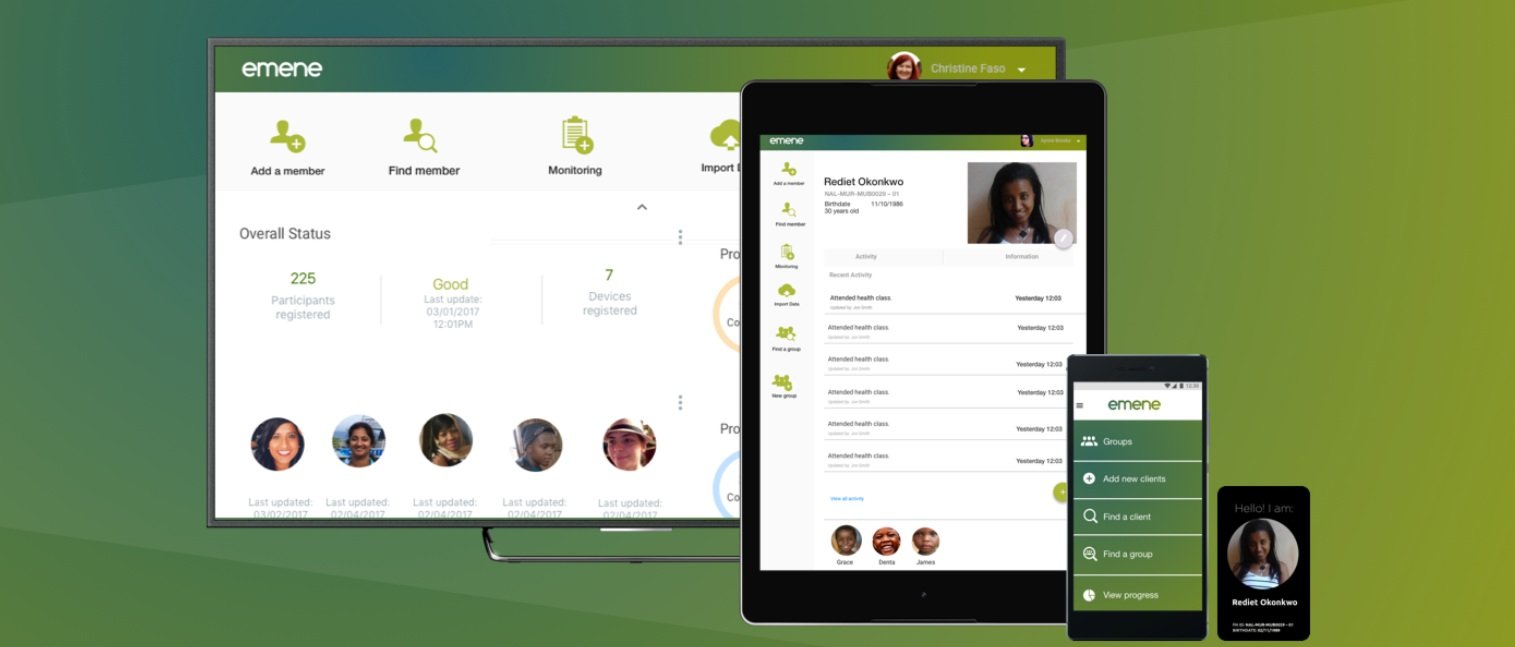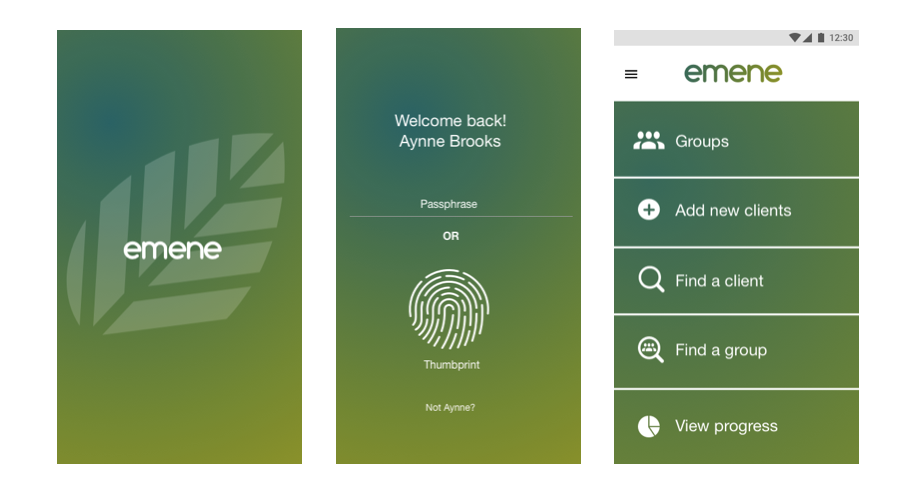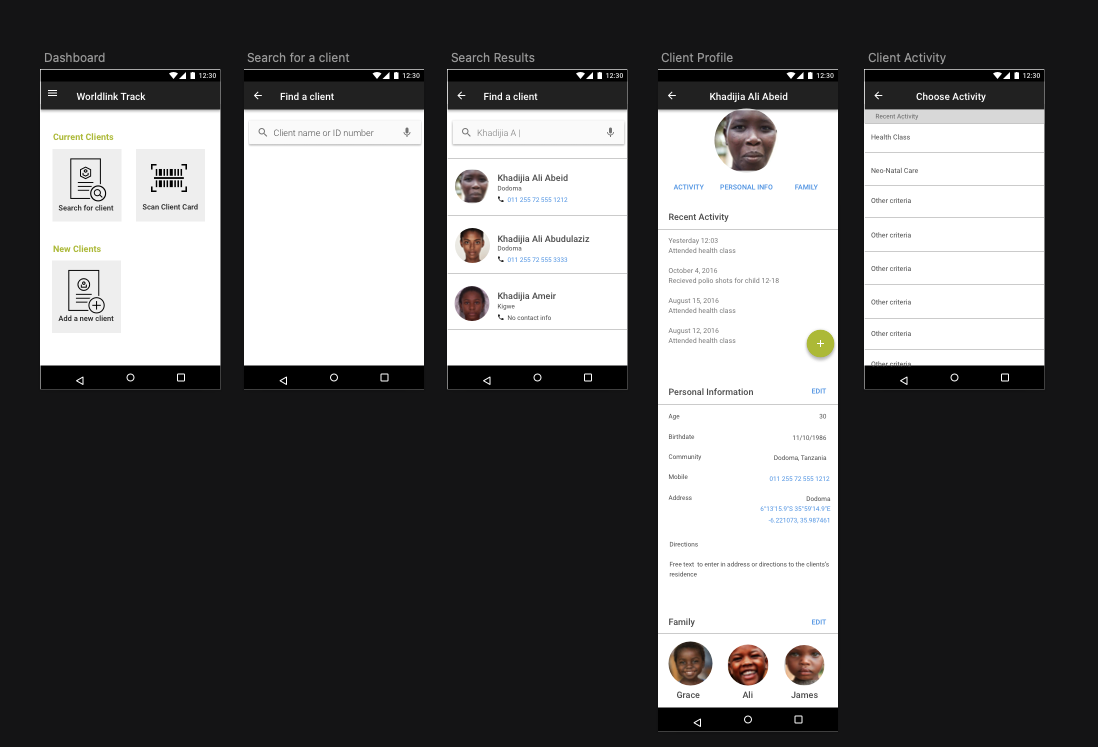Food for the Hungry
Emene is an ecosystem that allows FH to conduct client relationship management, service and supply deployment to regions in crisis, and overall measurement, evaluation.
Team communications and response deployment for humanitarian crisis situations
About the Product & Service
Emene is a system designed for FH (Food for the Hungry). Emene is an ecosystem that allows FH to conduct client relationship management, service and supply deployment to regions in crisis, and overall measurement, evaluation.
Emene aka; Xindicate is the white label version of this measurement & evaluation system for Global Aid providers. This service and digital system enables NGO field staff to enroll aid participants, distribute goods, money and services, track where aid is most needed, record activity, send metrics and evaluate program metrics.
This product launched in 2017 for use in Central Africa (Tanzania, Ethiopia and Democratic Republic of Congo as a beta pilot for Food for the Hungry in cooperation with USAID global NGOs.
Role: Service design, visual design, interaction design
The entire system is comprised of a desktop web service that shows program analytics, an android tablet application experience used for large scale client registration and crisis deployment and an android mobile application that allows for remote, ongoing client data collection and supply distribution.
Team leader using the cards to take attendance in Tanzania
Create new client record flow (online and offline)
Search for client flow
How the system works
Users and touchpoints
Machines can’t save us from ourselves
Content filters have a long way to go to catch up with sharing.
“the AI capabilities touted by these companies are actually not as powerful or effective as they'd like us to believe, and the New Zealand incident is just the latest proof of that.”
- SFIST
Filtering content is a surprisingly manual process. Instagram/Facebook sub contracts out companies that employ low paid workers who view, judge and remove flagged content on social media.
Pinterest is doing some interesting things in response to restrictions on surfacing and resharing content that has inaccurate content.
Should Facebook do the same?
This brings up some worthy conversations about what is or could be considered harmful content. What responsibility does a social media platform have when it’s users post divisive content?
The Christchurch Shooting is latest horror is yet another example of tech capabilities forcing us to examine its limitations and human limitations as well.
Inspired by:
and
https://www.nytimes.com/2019/03/15/technology/facebook-youtube-christchurch-shooting.html










